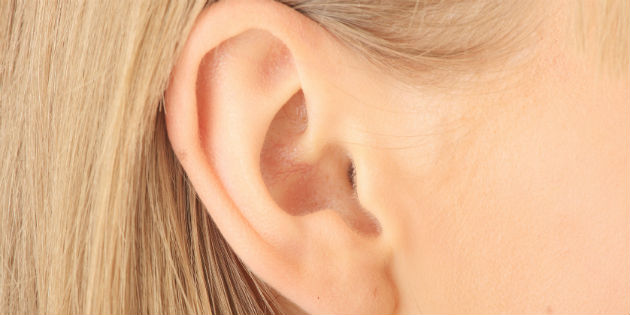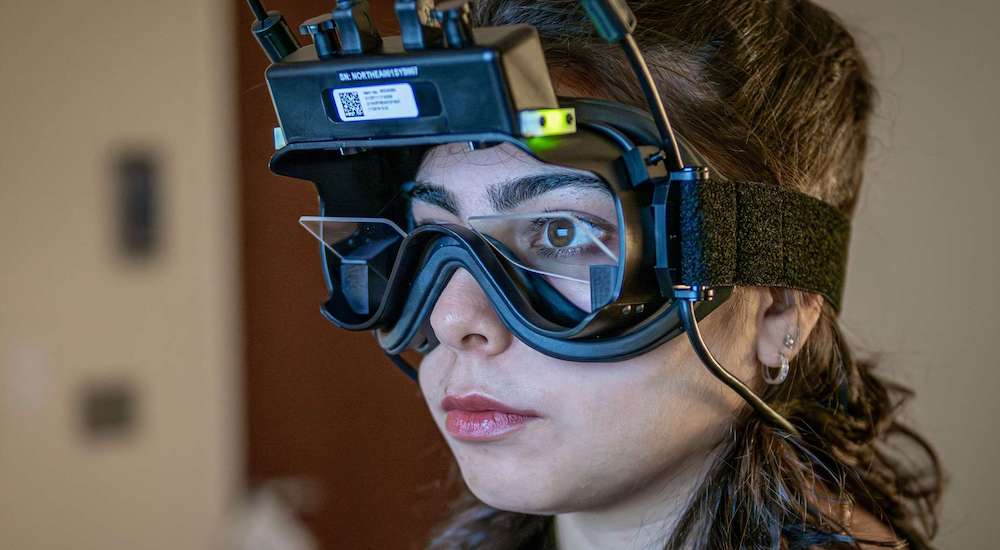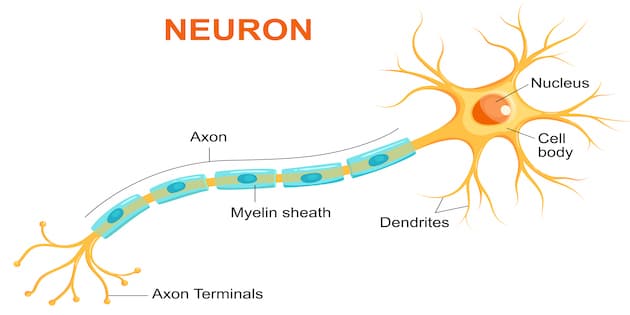3D-printed ear prostheses to improve hearing loss treatments
Tech
3D printing has been used in many areas of medicine and is being evaluated in an ever increasing number of disciplines and conditions. Researchers from the University of Maryland School of Medicine have tested 3D printing in the area of prosthetic replacements for damaged parts of the middle ear.

According to the lead researcher on the study, Dr. Jeffrey Hirsch, cited in medGadget, reconstructive surgery to treat hearing loss has a high failure rate, and this is thought to be partially due to incorrect sizing of the prosthetic ossicles that are implanted. Hirsch believes that 3D printing can enable each prosthetic to be tailored to a patient’s unique middle ear anatomy.
As part of their study, the researchers removed ossicles from human cadavers and imaged them with computed tomography (CT). Using the CT scans, they developed prostheses and printed them with a UV-activated resin using a standard 3D printer. Surgeons called on to work in the study were then able to successfully match the 3D-printed ossicles with the correct cadaver ear.
The positive results of the study suggest that CT has sufficient resolution to detect small structural differences in the middle ear ossicles. Importantly, the scans translated well into accurately printed representations. It is hoped that this technique, still in its infancy, could in time decrease surgical times as well as related costs, the article says.
Source: medGadget; Radiological Society of North America



